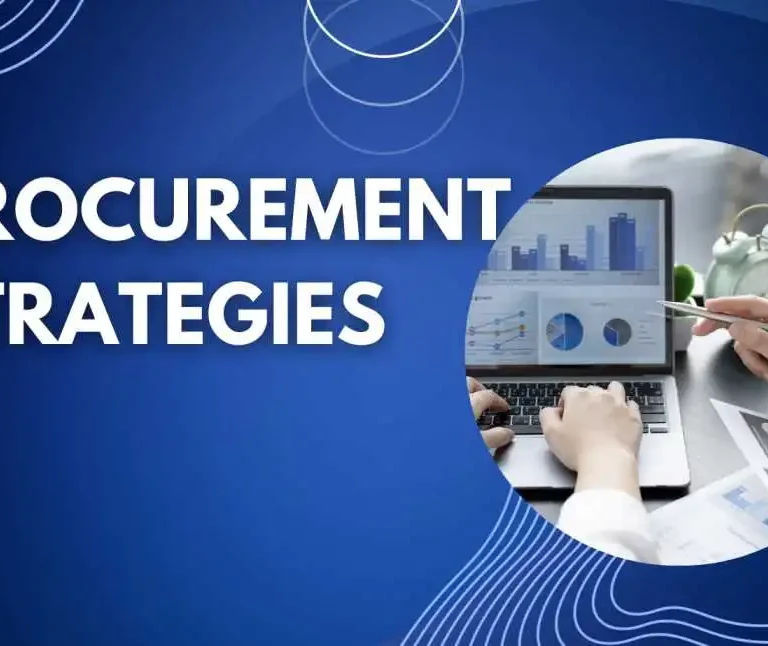Vertical integration
Vertical integration is a business strategy where a company expands its operations by taking control of multiple stages of a product’s creation, from raw materials to the final sale. Imagine a pizza company: if they not only make the pizza but also grow the ingredients like tomatoes and wheat, and even own the delivery trucks, that’s vertical integration.
By doing this, a company can manage its supply chain more closely, reduce costs, and have more influence over product quality. It’s like having everything under one roof instead of relying on different companies. However, vertical integration can also have drawbacks, like increased complexity and risk of reduced flexibility.
An apparel manufacturer opening an e-commerce portal can be considered vertical integration, just as opening an apparel e-commerce portal alongside an apparel manufacturer can be considered vertical integration.

Finding the right balance between owning various parts of the process and working with external partners is crucial for a successful vertical integration approach.
What is vertical integration
It is a business strategy where a company controls different stages of a product’s creation, from raw materials to its distribution. This approach aims to enhance efficiency, cut costs, and maintain better quality control by managing more parts of the production process in-house.
However, it can lead to increased complexity and reduced flexibility. Balancing internal control with external partnerships is key to successful vertical integration.
Vertical integration definition
It is a business tactic where a company manages various phases of production, from materials to distribution. This aims to improve efficiency, cut costs, and maintain better quality control.
Types of vertical integration
Backward integration
Backward integration involves a company controlling its supply sources, like a coffee shop owning a coffee bean farm. This can secure resources, cut costs, and improve efficiency by managing production elements internally.
Forward integration
Forward integration is a business strategy where a company extends its control to distribution or sales processes, such as a manufacturer owning its retail outlets. This can provide more direct access to customers and influence over the product’s final presentation.
Vertical integration vs horizontal integration
Vertical integration involves owning different stages of production, while horizontal integration combines companies in the same industry. Vertical controls the supply chain, while horizontal expands market share.
| Aspect | Vertical Integration | Horizontal Integration |
|---|---|---|
| Definition | Company controls various production stages. | Companies in the same industry combine. |
| Focus | Control over supply chain and processes. | Expansion of market share or product range. |
| Example | Car manufacturer owning a steel factory. | Two car manufacturers merging. |
| Benefits | Enhanced control, cost savings, quality. | Increased market power, economies of scale. |
| Challenges | Managerial complexity, potential antitrust. | Cultural integration, redundancy concerns. |
| Risk | Dependence on internal processes. | Market volatility, industry consolidation. |
| Overall Objective | Improve efficiency, quality, cost control. | Increase market presence, competitive edge. |
Vertical integration examples
A real example of vertical integration in the manufacturing sector is seen in the oil industry. Companies like ExxonMobil engage in backward vertical integration by not only drilling for oil but also owning refineries to process the crude oil into various petroleum products. This allows them to control the entire supply chain, from extraction to distribution.
Another example is Tesla, an electric car manufacturer, which practices forward vertical integration by owning and operating its own retail stores and service centers.
This approach gives Tesla direct access to customers and enables better control over the sales and service experience. Both cases demonstrate how vertical integration can enhance efficiency, quality control, and market influence in the manufacturing realm.
Advantages of verticle integration
Cost Savings:
Owning multiple stages of production can lead to reduced costs through streamlined operations, better coordination, and elimination of intermediaries.
Quality Control:
Direct oversight of various production phases ensures consistent quality standards, as the company has more control over materials and processes.
Supply Chain Stability:
Vertical integration minimizes dependence on external suppliers, reducing the risk of disruptions and ensuring a reliable flow of inputs.
Efficiency Gains:
Integrated processes can lead to smoother workflows, faster decision-making, and improved resource utilization, enhancing overall operational efficiency.
Market Influence:
Control over distribution and retail can provide a competitive edge, enabling companies to respond more effectively to market trends and consumer preferences.
Strategic Flexibility:
It allows companies to adapt to changing conditions by adjusting their production, distribution, or sales strategies internally.
Barriers to Entry:
Owning multiple stages of production can deter new entrants, as they would need to replicate a complex and integrated value chain.
Economies of Scale:
Vertical integration can lead to economies of scale in production, as the company can optimize resources across various stages.
Differentiation:
Integration enables customization and differentiation, as the company has better control over product features and presentation.
Innovation:
Integration encourages innovation by facilitating collaboration and knowledge-sharing among different parts of the business.
Challenges of verticle integration
Complexity:
Managing multiple stages of production demands intricate coordination and may lead to increased managerial complexity.
High Costs:
Investing in various production phases requires significant capital, potentially straining financial resources.
Reduced Flexibility:
Integration can make it harder to adapt to market changes quickly, as internal processes may be less agile.
Antitrust Concerns:
Owning various stages of industry might raise antitrust issues by limiting competition and market diversity.
Risk Concentration:
A disruption at one stage could impact the entire value chain, leading to vulnerability.
Quality Consistency:
Maintaining consistent quality across all stages can be challenging and might require extra effort.
Cultural Clash:
Merging different company cultures during integration could lead to conflicts and hamper productivity.
Lack of Specialization:
Integrated companies might lose the expertise that specialized suppliers or partners can offer.
Resistance to Change:
Existing processes and stakeholders may resist changes that come with integration.




